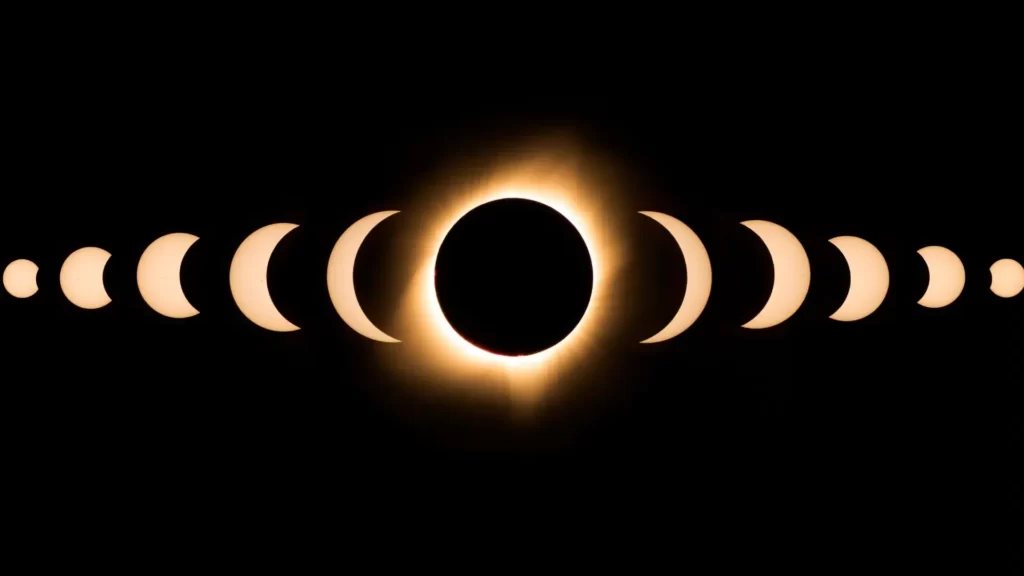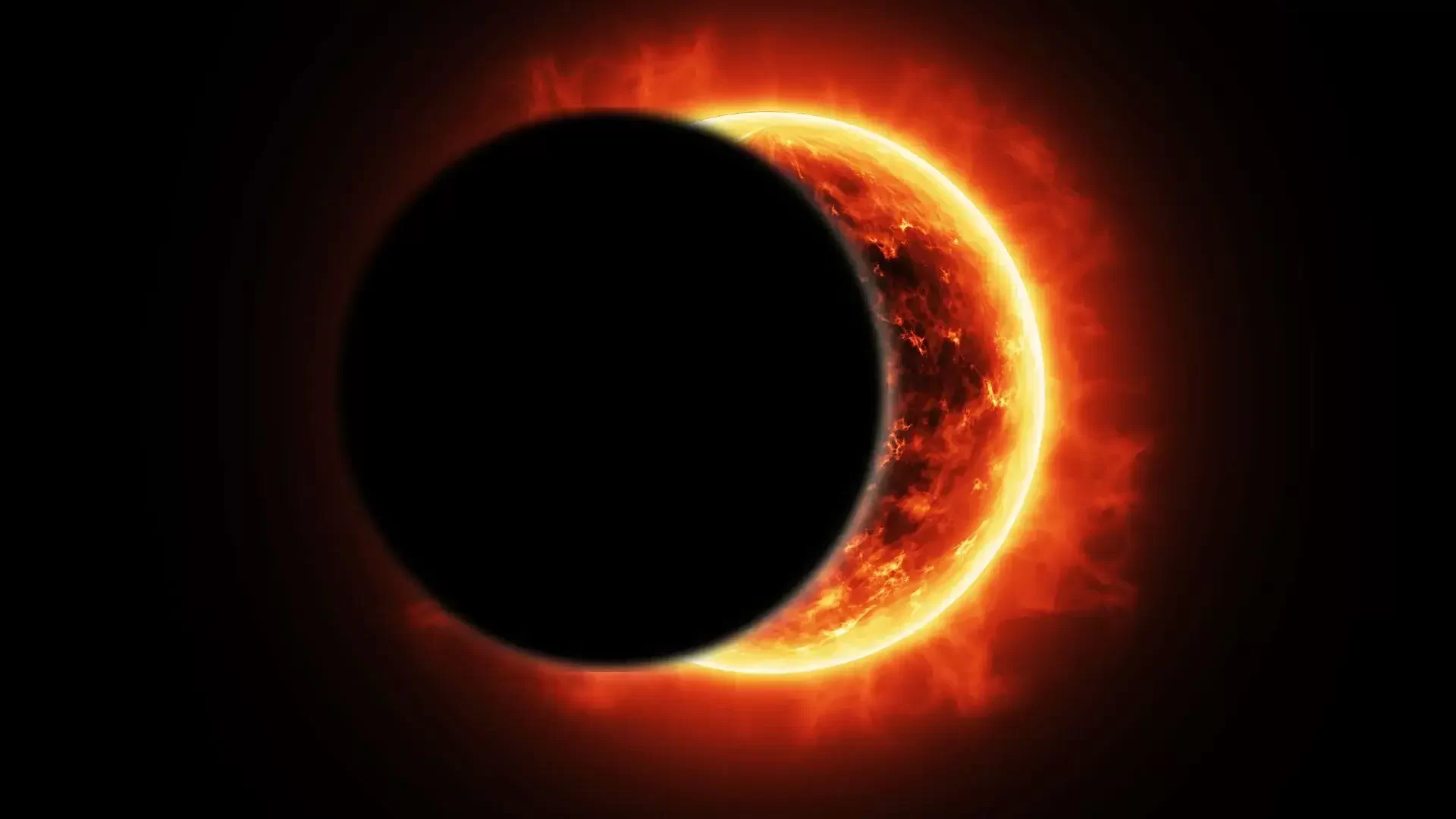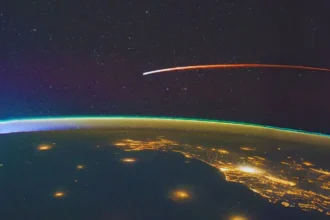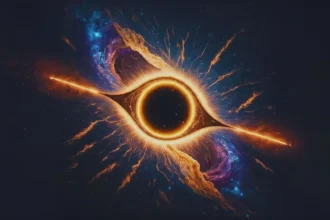Get ready for a celestial spectacle as the much-anticipated ‘ring of fire’ solar eclipse is set to grace our skies this Saturday, marking its return for the first time since June 2021. This captivating event occurs when the moon, sun, and Earth beautifully align in their respective orbits.
Where to Watch
This year, lucky spectators in several states across the western and southern United States, including Oregon, California, Nevada, Utah, Colorado, Arizona, New Mexico, and Texas, will be treated to a front-row view. Moreover, our neighbors in Mexico, Central America, and South America will also get to witness this cosmic show, according to NASA.
Dr. Kelly Korreck, an astrophysicist and NASA program manager, highlighted the rarity of this event, mentioning that the next total eclipse won’t happen until 2024 and the next annular eclipse for this region is slated for 2046. So, be sure not to miss this once-in-a-lifetime opportunity.
Understanding the ‘Ring of Fire’ Solar Eclipse
Solar eclipses come in different forms, such as total, partial, hybrid, and annular solar eclipses. The upcoming spectacle on October 14, 2023, is classified as an annular solar eclipse. During an annular eclipse, the moon, in its orbital path, crosses between the sun and Earth while being near its farthest point from our planet. In this unique alignment, the moon appears slightly smaller than the sun, resulting in a spectacular “ring” of the sun’s light encircling the moon, hence the nickname “ring of fire.”

When and Where to See It
NASA informs us that the ‘ring of fire’ annular solar eclipse will grace the skies for anywhere between 1 to 5 minutes, depending on your location. The show kicks off in Oregon at approximately 9:13 a.m. PDT and will culminate in Texas around 12:03 p.m. CDT.
Who Can Witness It?
Over 6.5 million people in the U.S. will have the privilege of directly observing the eclipse, while an additional 68 to 70 million individuals will find themselves within a 200-mile radius of the eclipse’s path of annularity. For those in the contiguous United States, a partial solar eclipse will be visible, providing a glimpse of this awe-inspiring phenomenon.

Safe Viewing
Safety should be your top priority when observing the solar eclipse. To safely watch the “ring of fire,” make sure to acquire certified ISO 12312-2 compliant solar eclipse glasses. These special glasses are essential, as looking at the eclipse without proper eye protection can be extremely dangerous. Additionally, using tools like binoculars, camera lenses, sunglasses, or telescopes without the required solar filter is discouraged and could result in severe eye injury.
Eclipse glasses should not be scratched, torn, or damaged in any way, and children should be supervised when using solar viewers. Alternatively, you can use indirect viewing methods like a pinhole projector to project the sun’s image onto a nearby surface for safe viewing. Never look directly at the sun through a pinhole projector.
For those unable to witness the eclipse in person, NASA will provide live coverage on October 14 from 11:30 a.m. to 1:15 p.m. EDT on NASA TV, NASA’s website, Facebook, Twitter, and YouTube. You can also track the eclipse’s path on NASA’s tracker.
Looking Ahead
If you miss this one, don’t worry; the next solar eclipse is just around the corner. On April 8, 2024, another eclipse is set to grace the skies, but this time, it will be a total solar eclipse, creating an enchanting spectacle as the moon completely covers the sun, casting a darkened sky.
Don’t miss this remarkable celestial event; make sure to mark your calendars and prepare your eclipse glasses for the ‘ring of fire’ solar eclipse this weekend!










